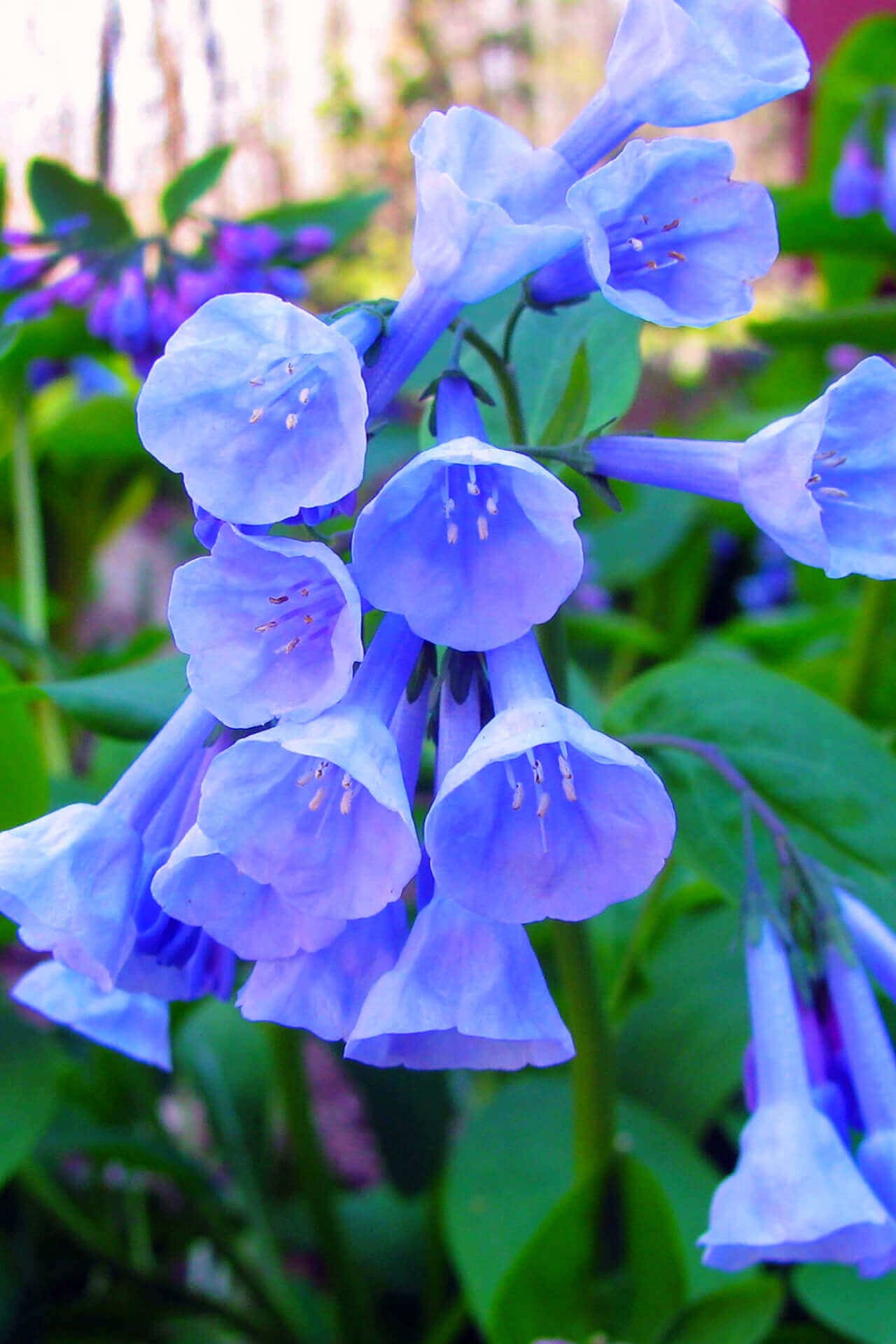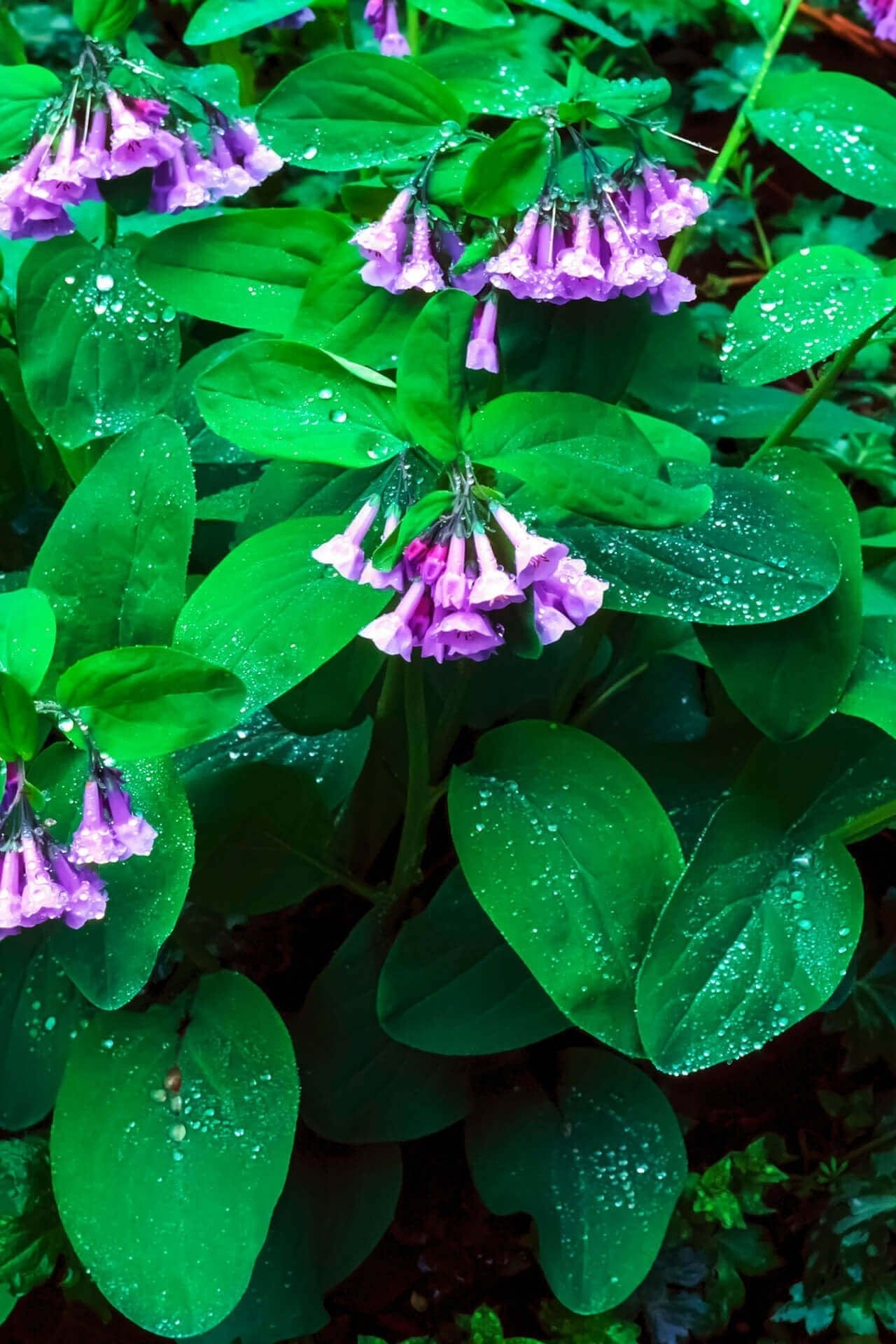Virginia Bluebell
Virginia Bluebell
| Order | Percentage Discount | ||
|---|---|---|---|
| 2-5 | 25% Off | ||
| 6-10 | 30% Off | ||
| 11-25 | 35% Off | ||
| 26-50 | 45% Off | ||
| 51+ | 65% Off | ||
Couldn't load pickup availability
Virginia Bluebell
Virginia Bluebell (Mertensia virginica) is a beautiful wildflower from the borage family (Boraginaceae). It is native to North America and grows in various habitats, including woodlands, floodplains, and moist meadows. The plant is known for its attractive blue-violet, bell-shaped flowers that bloom in early spring, making it a popular choice for gardeners and nature enthusiasts.
Physical Characteristics of Virginia Bluebell
It is a perennial plant that can grow up to 2 feet tall. It has a fleshy taproot and erect, smooth, and typically unbranched stems.
The plant leaves are oval-shaped, about 4 inches long, and light green. In early spring, usually in April or May, the plant produces blue-violet and bell-shaped flowers. The flowers grow in clusters at the tips of the stems and are about 1 inch long.
This Low Maintenance Perennials Growing Conditions
It prefers to grow in moist, well-drained soils rich in organic matter. It can tolerate partial shade, but it thrives in full sun. The plant is typically grown from seed, which should be planted in the fall. It is a relatively low-maintenance plant that needs plenty of watering to moisten the soil.
Where To Find This Lovely Plant
Beautiful plants grow along many streams in Virginia and the surrounding areas. In the spring, this plant, also known as Mertensia Virginica, blooms.
It's a great live perennial plant that can populate a garden or other growing space for years and years. The flowers usually bloom in blue, but not always; you will see them in shades of pink or white.
They can be propagated to grow in your garden. For best results, do this when they are dormant in the fall. The hardiness planting zones for this flower are 3 through 8. They are resistant to rabbits and deer and have minimal problems with pests.
Planting Info
Virginia Bluebells do best when planted in average soil rich with humus and flourish in full sun or semi-shade conditions. These beautiful flowers can mature to a height of 18-24 inches. The best time to plant bulb-blasted Bluebells is early to mid-fall.
March or April, depending on how early your spring arrives. These plants are an excellent addition to any landscaping design. Their key feature is the beautiful blue tubular flowers they sprout, contrasted by their long, vibrant, green, pointy leaves when healthy.
They hang in clusters, and you will get an added addition to your scenery when they begin to attract butterflies. They are ideal for massing together in clusters and lining them around other plants and flowers.
This perennial would be a welcome and enhancing addition to any garden or landscaping design and is always something pretty to look forward to each spring.
This Is How Your Plants Will Look upon Delivery
Shipping date depends on the date displayed and chosen when you order from the product's page.
We only accept returns on plants verified dead. If you think your plants have died, we offer a 1 year warranty, please use use this File a Claim Link to verify dead plants and start with return warranty process.




